Tell new stories
When we hit people with facts and figures about injustice, inequality and environmental destruction, sometimes their eyes start glazing over. We need facts to understand the world, but if we want to change it then we also need to connect with people on an emotional level – and that’s where art and culture have a vital role to play. As humans, we connect most powerfully to stories, to real-life examples of things going right or going wrong. That’s why a song, an image, a performance or an object that tells a story can move us in a way a pie chart can’t.
Climate change is a good example of this – we need to challenge the dominant stories about how we “need” to keep burning fossil fuels (we don’t), and tell new stories about how a safer, fairer future is possible with a shift to cleaner energy. The Climate Cultures network has all kinds of examples of artists working on this.
Creativity is also an important vehicle for people whose experiences are sidelined or misrepresented by the dominant culture to tell their own stories, in their own way – such as the art being produced as part of the Black Lives Matter movement.
Think about what stories you want your work to tell, and which audiences you want to reach with them. How can you challenge the status quo and get people thinking differently about the issues that matter?
Preach to the converted (sometimes)
To make the world a better place, we don’t just need to change the minds of people who disagree with us – we also need to get the people who quietly agree to stop being quiet and take action! Art, music, and culture have always been vital rallying points for social movements, helping people to bring down dictators from Chile to Egypt to the Philippines, kick out colonial powers and end South African apartheid. Art has the power to move and inspire, helping to shift people from grumbling at home to marching in the streets. Research has shown that creating major political change requires the active involvement of less than 4% of the population, and finding creative ways to move people to action can help to get us up towards that target on the issues that matter.
I’ve seen this effect myself, in a small way – one of my proudest moments was learning that someone who came to see my climate change poetry show then decided, as a result, to get involved in direct action against fracking. Of course, they were already interested in the topic or they wouldn’t have come along to the show, but the performance gave them the final nudge into becoming more actively involved. I only learned this several years later, which just goes to show – you never know what impact your work might be having on the world.
So remember: art that preaches to the converted can definitely be worthwhile, so long as you’re moving people to action not just confirming their beliefs!
Make art in places it isn’t allowed
The most powerful examples of this come from places where free expression is severely restricted – think of Pussy Riot in Russia or Ai Weiwei in China, creating art that challenges the status quo at serious personal risk. Here in the UK, although our protest rights have been eroded in recent years we do still have more freedom than many – which is why it’s important to use that freedom to challenge injustice and hold power to account.
For example, artists taking creative action against oil sponsorship of the arts are notching up real successes. Groups like Liberate Tate, Fossil Free Culture Netherlands and BP or not BP? (of which I am a member) create powerful artworks and performances, without permission, inside museums and theatres that have promotional deals with oil companies. This growing movement for #FossilFreeCulture has seen the end of oil sponsorship deals at the Tate galleries, the Edinburgh Festival and the Van Gogh Museum in just the last few years.
So think about where your art will have the most impact, especially if it’s somewhere that it isn’t strictly allowed. But do get advice from more experienced art activists before doing anything that might get you into trouble! And support artists around the world who are taking risks to make art in dangerous circumstances.
Don’t drown out marginalised artists, or appropriate other people’s culture
Those of us with more privilege – for example, those of us who are white, male, straight, cis, middle-class or able-bodied – need to make sure we’re not taking up all the artistic space, just because we have easier access to it.
When we’re putting our creative work out there, it’s tempting to jump on every opportunity that comes along but it’s important to always stop and think: are people like me already over-represented in this space? If so, you might need to step back or challenge the people who are organising the show/festival/exhibition on whether they are actively including more marginalised artists and performers. Just because your work is saying something political doesn’t mean you get a free pass to stage it everywhere, if less privileged artists are missing out. And if you’re in a position to give opportunities to others, then don’t just call up your mates – seek out some of the many amazing artists who are typically under-represented at creative events.
You also need to make sure you’re clued up about cultural appropriation. If you’re part of a dominant culture then using ideas, images and objects from marginalised cultures in your art without permission can be hugely damaging and disrespectful.
Articles like this one and this one are good starting points for understanding this, but it’s not a simple topic and the lines can be blurry so seek out books/blogs/articles/films by people from marginalised cultures and engage with the subject fully.
Check out recent examples of art making an impact
In July 2018, the Design Museum in London made a big mistake. They decided to host a reception for Leonardo, one of the world’s largest arms companies. At another time, this might have gone under the radar – but the museum was also running an exhibition of protest art called “Hope to Nope” at the same time, in the same building.
When the artists in that exhibition found out that their art was being used as a backdrop to an arms dealer’s networking party, many of them were shocked and upset – and decided to take action. In an unprecedented move, over 40 artists and groups (including a group I’m part of, BP or not BP?) removed their work from the exhibition in protest. We made it clear that we will not work with the museum again unless it commits to never take arms, fossil fuel or tobacco money. This got large amounts of media coverage and sent powerful ripples through the art world.
So, this is art that had a double impact – in addition to its original meaning, it then became part of a whole new protest. The artists who removed their work – known as the #NopeToArms Collective – have now put most of it on display again, for free, and accompanied by a host of other protest objects in a show we’ve called “From Nope to Hope: Art vs Arms, Oil and Injustice” in Brixton Recreation Centre in London (15th - 23rd September 2018). It’s an unusual example of an exhibition that is, in itself, a protest – and well worth checking out if you want some inspiration for your own world-changing art!
Danny Chivers is a performance poet and part of the activist theatre collective BP or not BP?
Check out this interview with BP or Not BP?'s young person, Nicki Carter.
From Voice to Action
Never before have so many issues been championed at once. The environment; equal rights for ethnic minorities and LGBTQ+; an end to class discrimination and access to opportunities for the disabled. We at Voice want to shine a light on these movements, and specifically how art is integrated or indeed integral to these groups. Check out the From Voice to Action series.

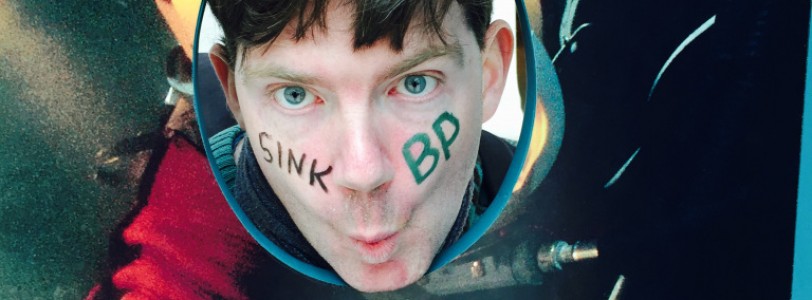
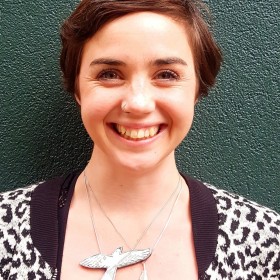
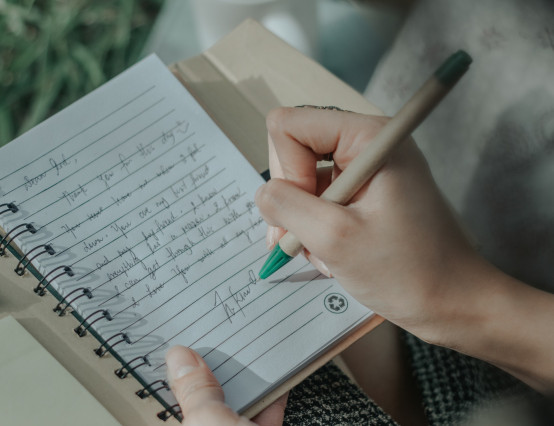
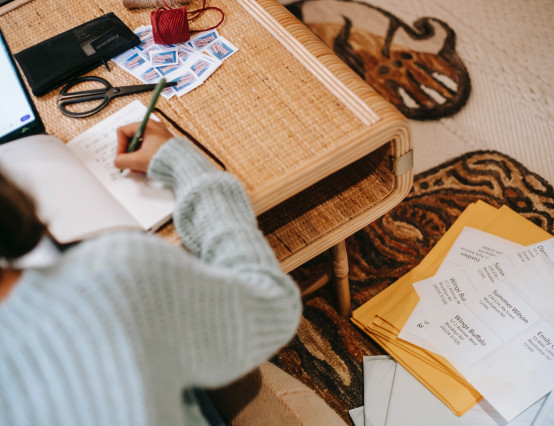
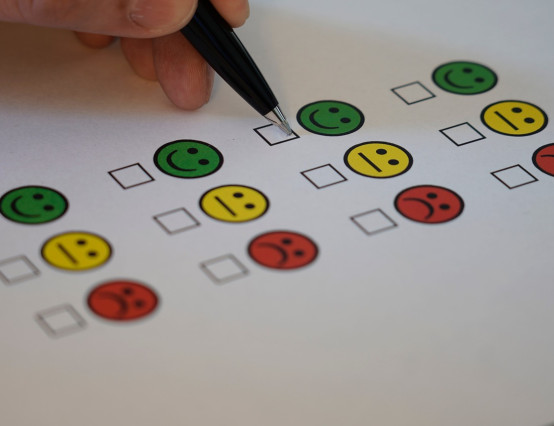


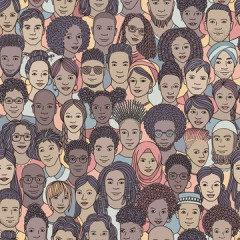
0 Comments